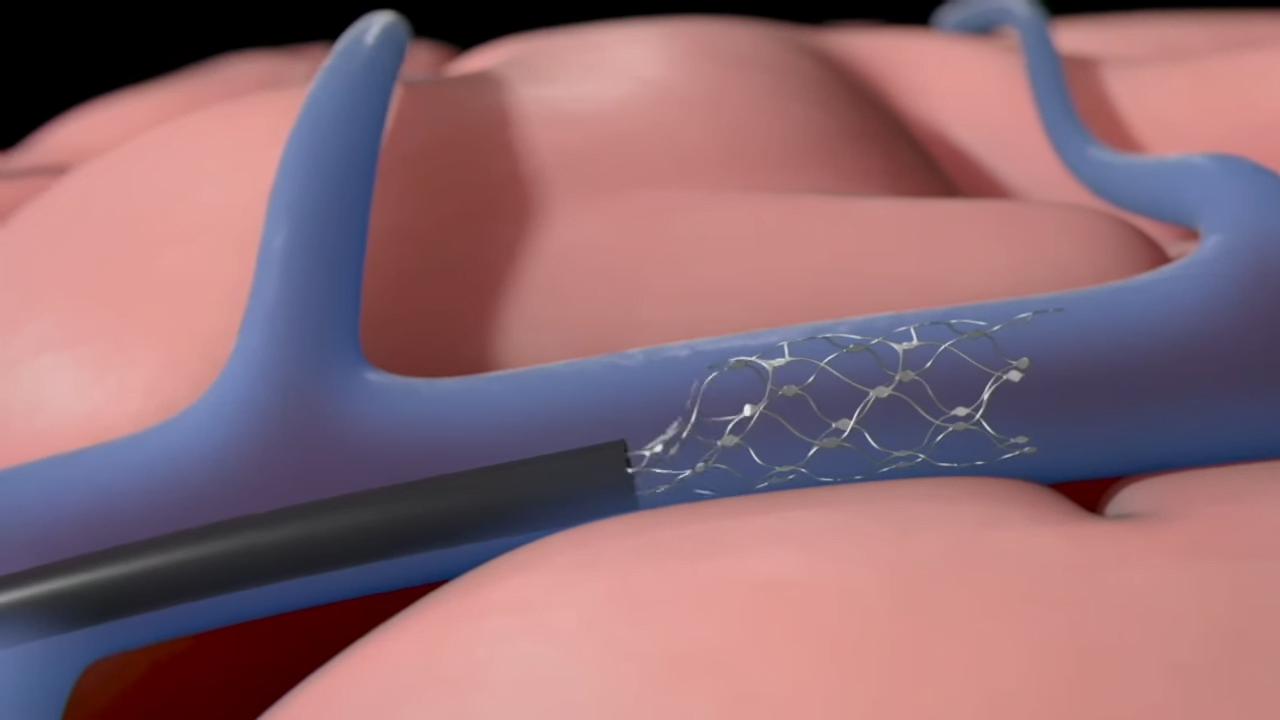Brain typing is like learning to ride a bike, says ALS patient Philip O'Keefe. Once you get the hang of it, it feels natural.
Philip O'Keefe, 62, has amyotrophic lateral sclerosis (ALS). The disease affects the motor nervous system, causing O'Keefe to lose control of his muscles. As a result, he can no longer operate a computer, mouse or keyboard in a conventional way.
Typing via brain interface
With the brain interface "Stentrode" from the New York company Synchron, O'Keefe can work on the computer again. Similar brain-computer interfaces have been demonstrated time and again lately. They have recently benefited from the enormous advances in artificial intelligence, which assist in decoding brain data and translating it into computer commands and natural language.
Synchron describes the Stentrode chip as "Bluetooth for the brain": Via this chip, paralyzed patients can, for example, wirelessly perform everyday tasks such as e-mails, online shopping or online banking on the computer.
A special feature of the stentrode system is that it is implanted via the patient's blood vessels in a minimally invasive procedure (endovascular). The chip travels to the brain via the jugular vein. Therefore, open brain surgery or drilling through the skull is not necessary. An initial feasibility study on Stentrode was published in the Journal of NeuroInterventional Surgery (JNIS) in 2020.
Using the brain while tweeting
Using this same Stentrode system, O'Keefe now penned his first tweet. He published the message via the Twitter account of Synchron founder Thomas Oxely: "Hello world. Short tweet. Huge progress," O'Keefe wrote.
In other tweets, O'Keefe explains that he generates his texts only by thinking about them. He hopes that he is paving the way for more people to tweet by thought alone.
hello, world! Short tweet. Monumental progress.
- Thomas Oxley (@tomoxl) December 23, 2021
O'Keefe has been wearing Synchron's brain-computer interface in his head and using it in everyday life since April 2020. It also allows him to continue participating in his consulting and other business projects, according to a statement from Synchron. So the tweet could have been made last year.
"When I first heard about this technology, I knew how much independence it could give me back. The system is amazing, it's like learning to ride a bike - it takes some practice, but once you get it down, it becomes natural," O'Keefe says.
Stentrode interface: US human trial planned for 2022
Synchron says it is already in the clinical phase with a commercially viable neuroprosthesis to treat paralysis and is developing the first endovascular implantable neuromodulation therapy.
Stentrode has been tested with two patients so far and is scheduled to be studied extensively in humans in a U.S. trial next year. Future applications could be used to diagnose and treat other diseases of the nervous system such as Parkinson's disease, epilepsy, depression, and hypertension.
Synchron also has "non-medical solutions" on its agenda. According to the company, there have already been requests from gamers who wanted a brain interface that would allow them to play faster. Synchron's focus, however, is currently purely on medical applications for paralyzed people.
Synchron is headquartered in New York City and operates other offices in Silicon Valley, California. Its research and development facility is in Melbourne, Australia.







